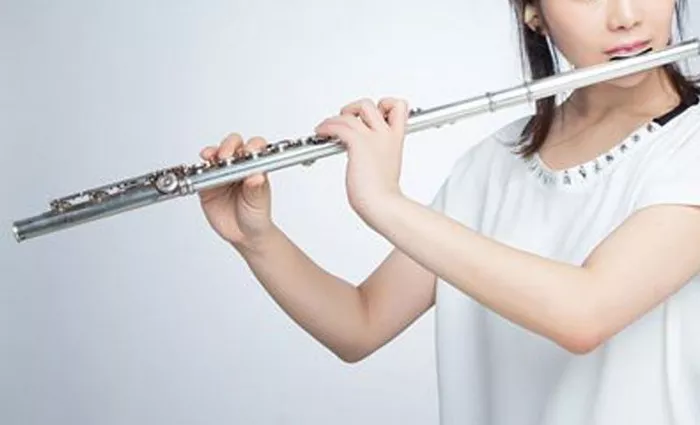When it comes to the world of music and musical instruments, the flute is a timeless classic. Its melodious tones have graced countless compositions, captivating audiences worldwide. However, if you’ve ever examined a flute up close, you might have noticed something intriguing – holes in the keys. In this article, we’ll embark on a journey to uncover the fascinating reasons behind this design element. Let’s dive into the world of flutes and their keyholes.
What is a flute keyhole?
A flute keyhole, in the context of a musical instrument, refers to a small, precisely shaped aperture or opening on the body of a flute. These keyholes are strategically placed along the length of the flute and are designed to accommodate the player’s fingers when covering or uncovering them to produce different musical notes. Flute keyholes are meticulously crafted to ensure proper pitch and tone production, allowing the musician to create a wide range of melodies and harmonies. The design and placement of these keyholes are crucial in maintaining the instrument’s playability and musical versatility, making them a fundamental component of the flute’s construction.
Achieving Different Notes
The first and foremost purpose of the holes in flute keys is to enable musicians to produce various notes with ease and precision. Here’s how it works:
1. Basic Design:
A standard flute consists of several keys and tone holes. Each hole corresponds to a specific note.
2. Finger Placement:
By covering or uncovering these holes with their fingers, flutists alter the length of the vibrating air column inside the flute.
3. Pitch Control:
The length of the air column determines the pitch of the note produced. Covering a hole raises the pitch, while uncovering it lowers the pitch.
Enhancing Playability
Now that we understand the role of keyholes in producing different notes, let’s delve deeper into how they enhance the playability of the flute:
1. Fingering Techniques:
Flutists utilize intricate fingering techniques to navigate the flute’s range. These techniques involve precise placement of fingers to achieve the desired pitch.
2. Smooth Transitions:
The placement and size of keyholes are carefully designed to ensure smooth transitions between notes.
Tailoring to Musicians’ Needs
It’s important to note that not all flutes have the same number or arrangement of keyholes. The flute’s design can vary, and this customization serves musicians’ specific needs:
1. Standard Flutes:
Traditional flutes have a standard set of keyholes that cover the fundamental range of notes. These are suitable for many genres and playing styles.
2. Specialized Flutes:
Some flutes, such as piccolos, alto flutes, and bass flutes, have unique keyhole configurations tailored to their distinctive sound and range requirements.
Evolution of Flute Design
The evolution of flute design over the centuries has been influenced by technological advancements and musical preferences:
1. Historical Flutes:
Early flutes, such as the Baroque flute, had simpler keyhole arrangements. They were limited in their tonal capabilities.
2. Modern Flutes:
Advancements in materials and craftsmanship have led to the development of complex key systems that expand the flute’s range and tonal possibilities.
The Role of Materials
Materials used in flute construction play a significant role in the design of keyholes:
1. Metal Flutes:
Most modern flutes are made of metal, such as silver, gold, or nickel silver. These materials are durable and produce a bright, clear tone.
2. Wooden Flutes:
Some flutes, particularly those used in traditional and folk music, are made of wood. These flutes have a warm, mellow tone and may have keyhole variations to suit the wood’s acoustic properties.
Conclusion
In conclusion, the presence of holes in the keys of flutes is not a mere design whim but a critical aspect of their functionality. These keyholes allow musicians to create a diverse range of notes, ensuring the flute’s versatility in various musical genres and settings. As flutes continue to evolve and adapt to the changing musical landscape, their keyhole configurations will remain an essential element in the artistry of flute playing. So, the next time you listen to the enchanting melodies of a flute, you’ll have a deeper appreciation for the ingenious design that makes it all possible.


